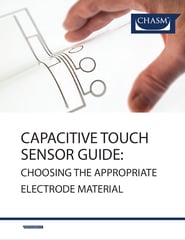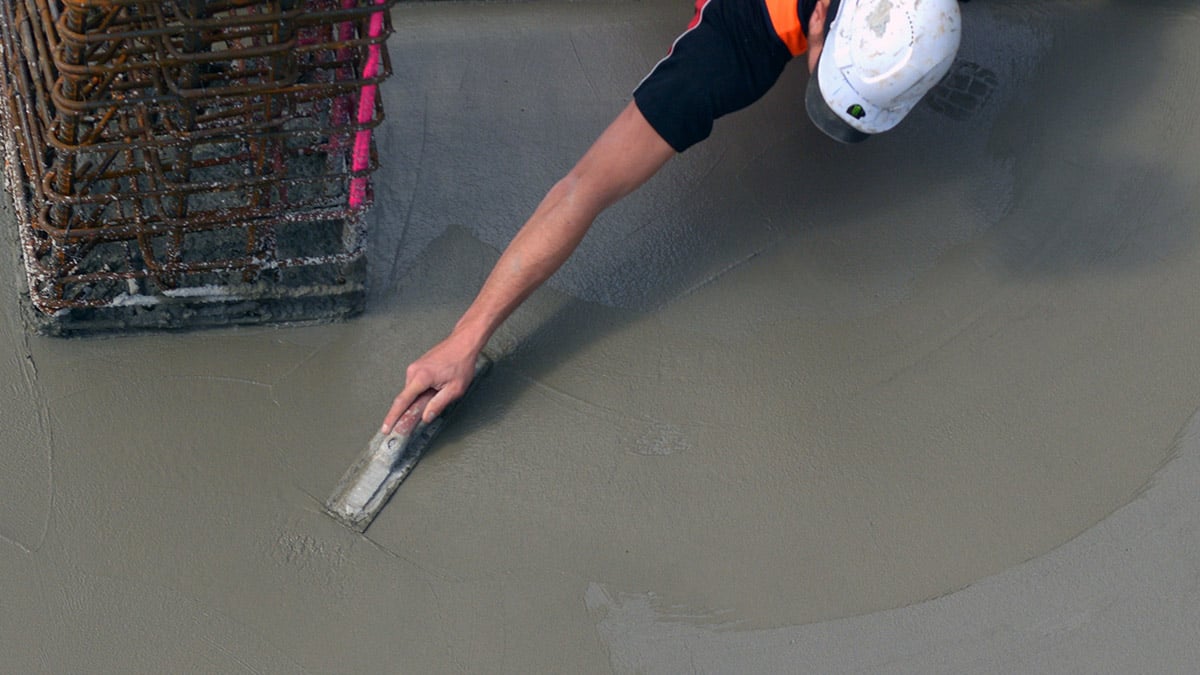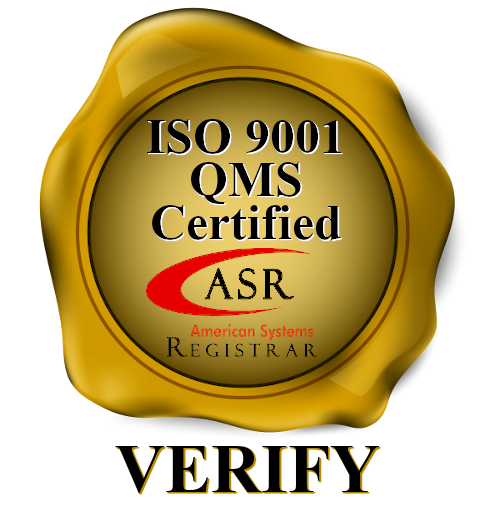Environmental Characteristics of Electrode Materials for Touch Sensors
Designing a capacitive touch sensor or a product with a capacitive touch sensor? Resistance to temperature, humidity and UV (i.e. environmental stability) can be a make or break characteristic depending on the end use and application that your electrode material will be servicing. There are numerous flexible, transparent electrode materials (mainly ITO alternatives) commercially available today. For engineers – it’s all about choosing which ITO alternative has the correct grouping of characteristics for your project and application.
Download your free copy: Capacitive Touch Sensor Guide - Choosing the Right Electrode Material
This blog post is intended to offer a baseline for reviewing the environmental characteristics of electrode materials for touch sensors.
Environmental Characteristics
The environmental properties of the electrode material can be extremely important depending on the application that your touch sensor will be used in. The 3 environmental characteristics to look for are stability and resilience to the following:
- Heat
- Humidity
- UV Exposure
For example, if a touch sensor is used outside or in a vehicle where it could be exposed to UV from the sun and to atmospheric humidity or to heat from direct sunlight exposure, you'll need to know what the electrode material is robust enough to handle the conditions for long periods of time.
Environmental stability in humidity reigns supreme in applications of home appliances such as ovens, dishwashers, washers/dryers where exposure to moisture and elevated temperature is constant. You'll want to know how your electrode material withstands heat, UV and humidity.
Temperature and humidity testing, sometimes called thermal testing, will provide you with excellent baseline data for your electrode material. Extreme thermal testing may even take the temperature from -73°C to 190°C, the humidity range from 10% to 95% RH and a drastic temperature transition rate of 1°C per minute up to 25°C per minute. Rapidly cycling temperatures in environmental testing is sure to highlight material incompatibilities and weaknesses as materials expand and contract in response to the temperature fluctuations.
When considering an electrode material, it is important to think through the environmental stability your application will require, in order to help your company avoid a potential pitfall when matching an electrode material for a particular project or product.
There are 3 other characteristics to review when choosing an electrode material: Optical, Mechanical and Electrical. Looking to learn more about each category? Contact us or download the eBook now:
4 Key Electrode Material Characteristics to Think About When Designing a Capacitive Touch Sensor

.jpg)























